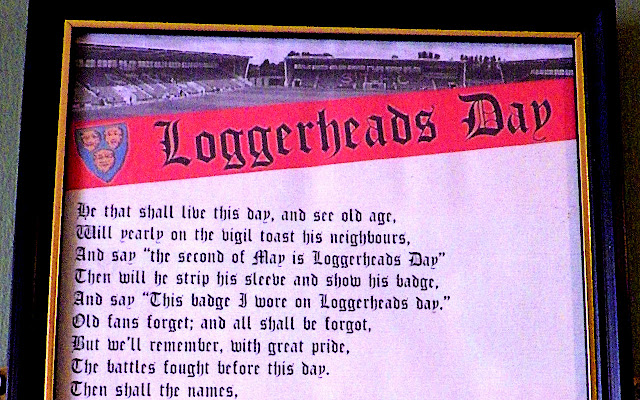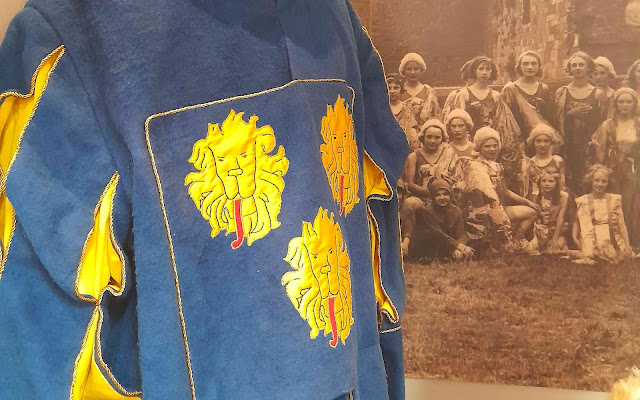
Standing proud on the corner on Shrewsbury’s main square, the Salop Old Bank building is impressively stolid – as befits a bank!
The business had some pedigree: the Salop ‘Old’ Bank, set up in 1885, was the child of the already long-established Salop Bank (1812).
The loggerheads’ connection in this instance is in the institution’s bank-notes (which the bank issued themselves): the decorative motif on the left of the notes features the loggerheads. The museum archives has a very good example of one of the bank’s £5 notes (SHYMS_N_2013_0017a).
Incidentally, this is yet another instance of a town politician associating himself with the loggerheads. Robert Burton, the bank’s main partner, had been town mayor for a while.
The bank didn’t last long, being taken over in 1907 and eventually falling into the hands of the Lloyds Banking Group – you can still see some arms carved into the side of the building.
But no longer is the building connected with banks. It’s now a jeweller’s.
+
To comment on this post, just use the Comments field down this page or email us direct.
To
get an email alert into your inbox every time we make a new post (about
once a week), just click 'Subscribe & Follow' (at the top of the
column to the right on this page) and just fill in the form



































